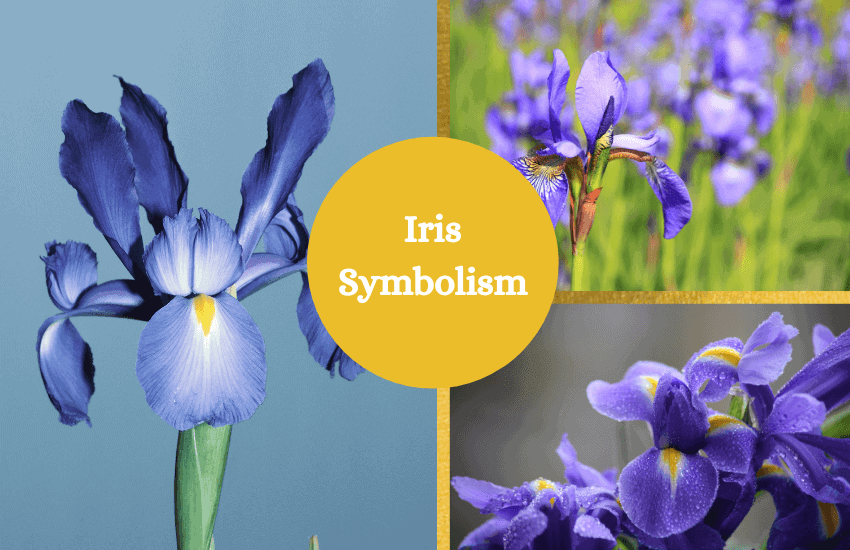
Table of Contents
One of the most recognizable flowers, the iris often features bluish-purple petals with contrasting yellow and white accents—but it comes in a variety of colors including yellow, pink, orange, brown, black, and white. Let’s take a closer look at its origin, significance, and practical uses today.
What is the Iris?
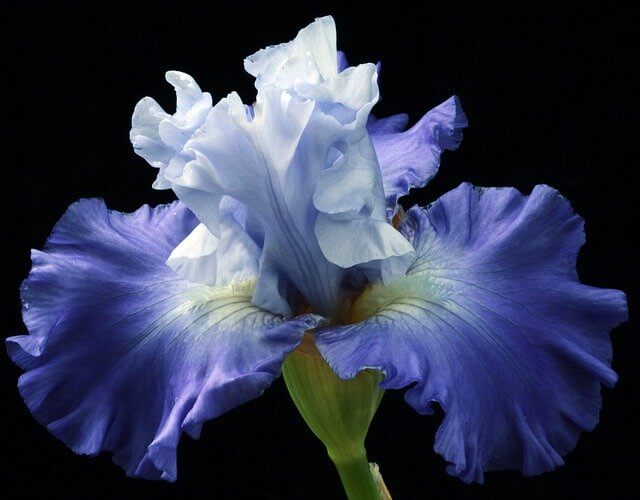
Iris is a genus of flowering plants in the Iridaceae family. It contains hundreds of flower species and most of them are native to southern Europe, Central Asia, and the Mediterranean regions. The Iris germanica or the bearded iris is probably the type that comes to mind when people think of irises. Named after the Greek goddess of the rainbow, the iris comes in a variety of colors.
Most irises feature six upright or downward-facing petals and sword-like leaves. Some grow from bulbs while others from rhizomes. Each stalk can bear three to five flowers that usually stand about 7 inches off the ground. Irises are one of the earliest bloomers in spring, but some bloom in fall. Unfortunately, they can’t be found in regions with tropical climates.
The name Iris is a popular girl’s name. The flower is also the birth flower for the month of February.
Meaning and Symbolism of the Iris
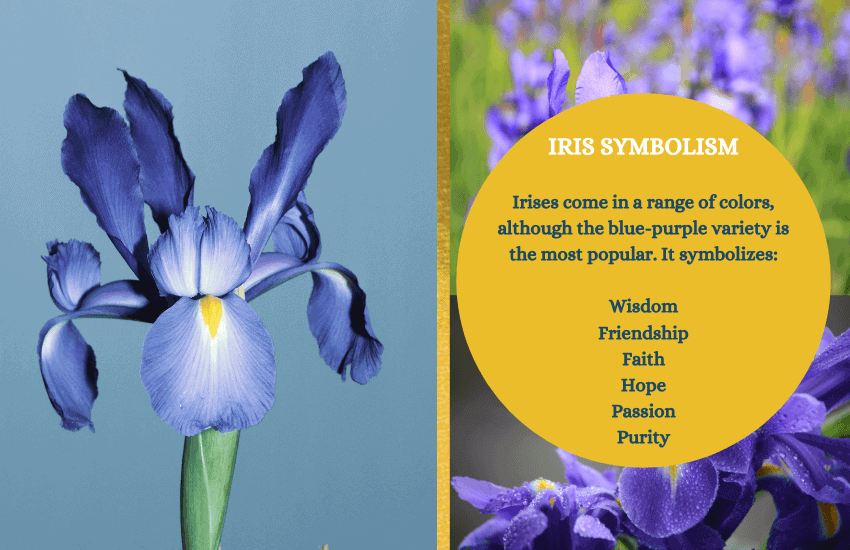
From purple to blue and white, there are different color varieties of iris and each one carries its own symbolism. Here are some of them:
- Purple irises symbolize royalty, wisdom, and valued friendship.
- Blue irises represent faith and hope.
- Yellow irises symbolize passion.
- White irises represent purity.
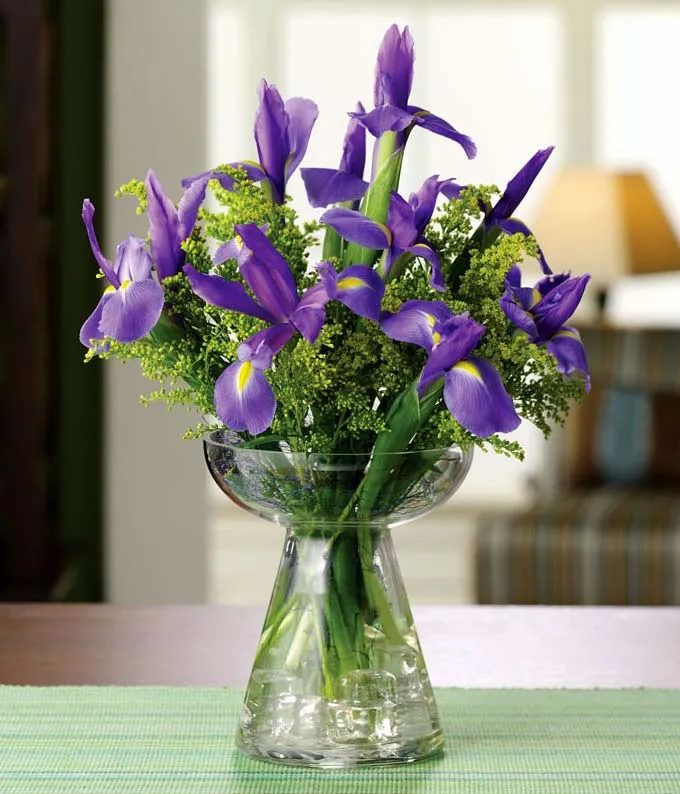
Irises have been used in divination and magic, and carry symbolic meanings depending on their type. Here are some of the most popular interpretations:
1. Bearded Iris (Iris germanica)
It’s the symbol of flames, and many believe it has magical powers of wisdom, love, and protection. In fact, it’s often used as a pendulum in divination. Some homes in Japan are decorated with them to ward off evil spirits. Sometimes, it’s also referred to as Queen Elizabeth root iris or Florentine iris.
2. Blue Flag Iris (Iris versicolor)
It represents faith, courage, and wisdom. In some cultures, it’s regarded as a symbol of luck, and used as a charm to attract wealth and abundance. Some hang the flower at the doors while others place a bouquet of irises on altars. The flower is also known as Snake Lily, Poison Flag, Harlequin Blueflag, and Dagger Flower.
3. Fleur-de-lis Iris (Iris pseudacorus)
Also known as the Yellow Flag and flaming iris, the flower symbolizes passion and is believed to have the power of wisdom and purification.
According to The Complete Illustrated Encyclopedia of Magical Plants, the roots of some irises, especially the orrisroots, have been used as an amulet for protection and to attract love.
Cultural Significance of the Iris
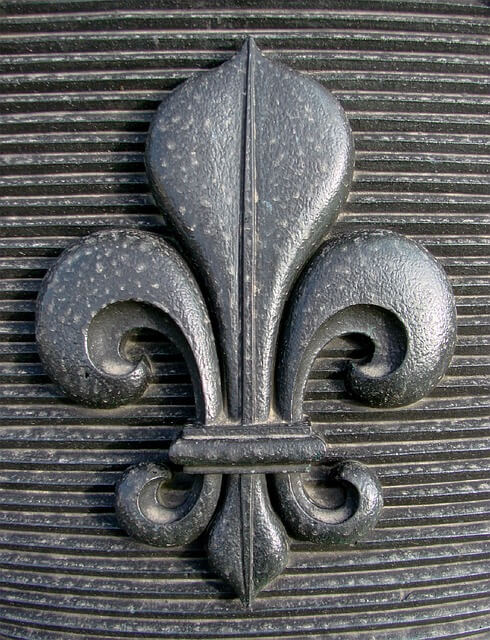
- In ancient Egypt, the flower was treasured and even carved on the Great Sphinx of Giza.
- In China, an iris broth was used for ceremonial baths and sometimes infused with wine linked to a long life.
- In France, the flower represents royalty and power, where it inspired the fleur-de-lis emblem of the French Monarchy. In the 12th century, King Louis VII used the purple iris as his emblem and called it fleur de Louis. In 1339, it appeared on their coat of arms when Edward III claimed the throne.
- In U.S. the purple iris is regarded as the flower of the state of Tennessee state.
- In Christianity, the iris was associated with the Annunciation, when the angel Gabriel told Mary she would conceive a son by the power of the Holy Spirit. It’s probably because of the flower’s depiction in the 1482 painting of Hans Memling.
- In some cultures, the flower represents 25 years of marriage.
Uses of Iris Flower throughout History
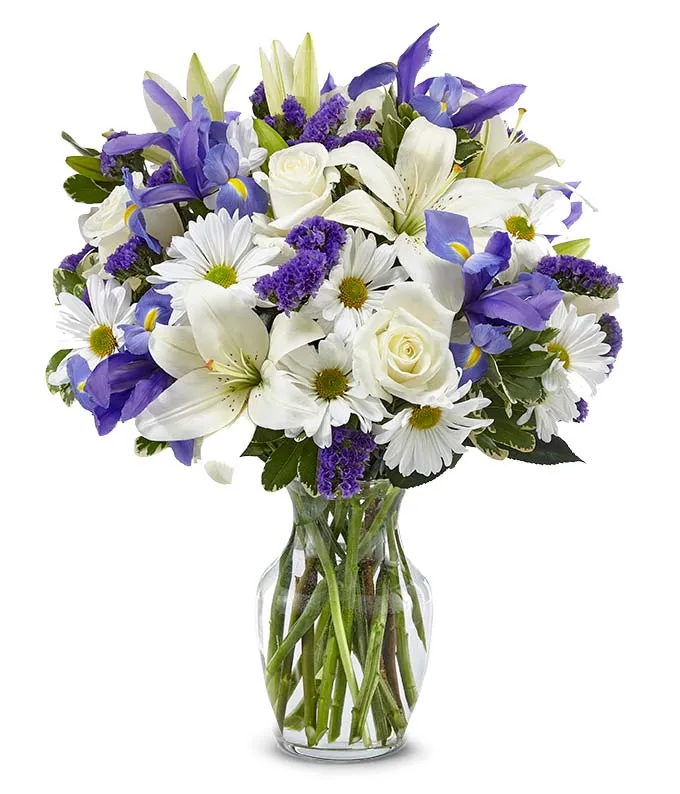
At Funerals
Funerals in ancient Greece were elaborate rituals, and a purple iris was specifically planted on a woman’s grave upon her death. In Greek mythology, Iris is the goddess of the rainbow who was the companion of female souls on their way to heaven.
Planting irises on the graves in Kashmir, India is common, although, in some Muslim regions, it’s more favorable when wildflowers grow on them.
In Medicine
Disclaimer
The iris, especially the Blue Flag or Iris versicolor was a popular medicinal plant used by Native Americans for treating cholera, wounds, earaches, and colds. It was also used as a cure for liver problems. On the other hand, the juice of the orrisroot was used to remove freckles.
In Beauty and Fashion
An iris perfume made of orrisroot and base oil was popular in ancient Greece and Rome. Most of them were contained in alabaster jars to last for six to twenty years. Also, floral corsages were popular during the Victorian era, where irises and other flowers were packed tightly into vases and other containers.
In Arts and Literature
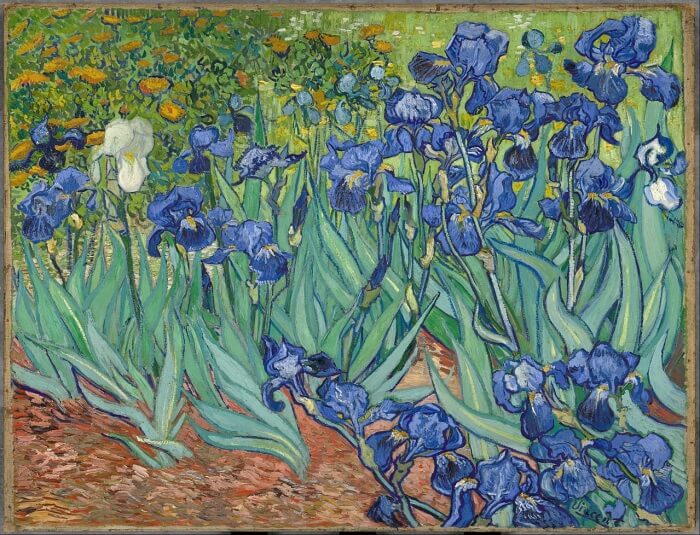
The beauty of the iris has inspired many artists including Vincent van Gogh, who featured the flower in his painting Irises in 1890. It’s also a common subject in Japanese haiku poems, and the highlight in The Wild Iris, a book about flowers, by Louise Glück. During the Victorian era, the iris was a popular motif in stained glass, church decorations, and fireplace tiles.
The Iris Flower in Use Today
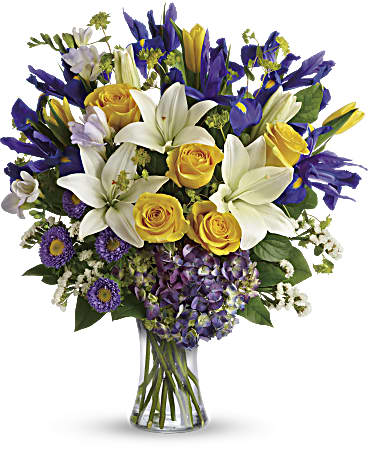
Nowadays, irises are favored for brightening up indoor and outdoor spaces, especially flower gardens and borders, as they’re easy-to-grow plants. They come in a variety of colors and look beautiful alone or with other flowers.
On the other hand, the Blue Flag or Iris versicolor is commonly seen along the shorelines and is more common in the wild than in home gardens. Irises are a popular subject in Ikebana, a Japanese flower arrangement. Also, it’s often featured in bridal bouquets and centerpieces at spring weddings.
In Brief
For centuries, the Iris has been a valuable source of herbal medicine and perfume and remains significant for its rich symbolisms, such as royalty, wisdom, faith, and hope. Nowadays, it’s more valued as a wonderful attraction for gardens and floral arrangements.








